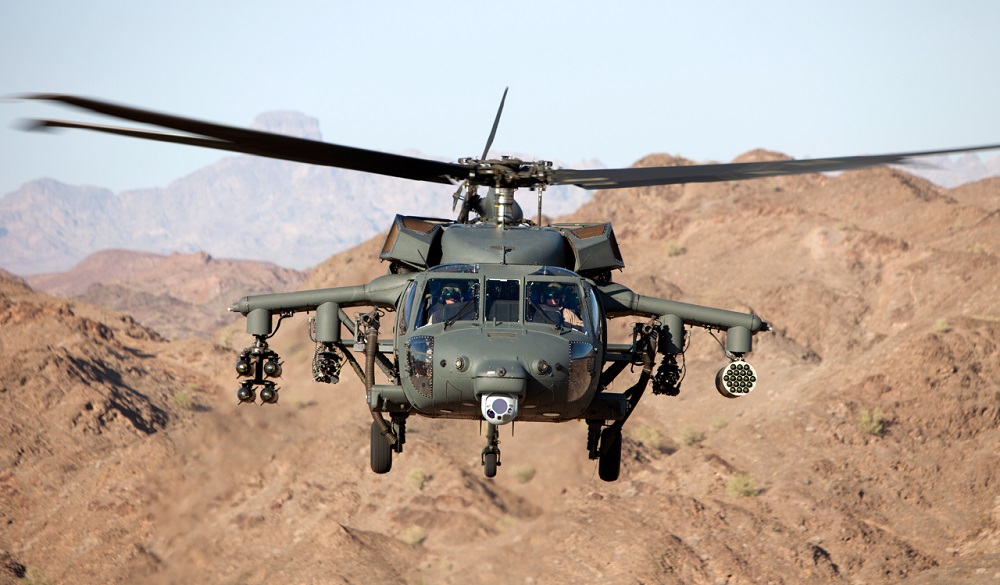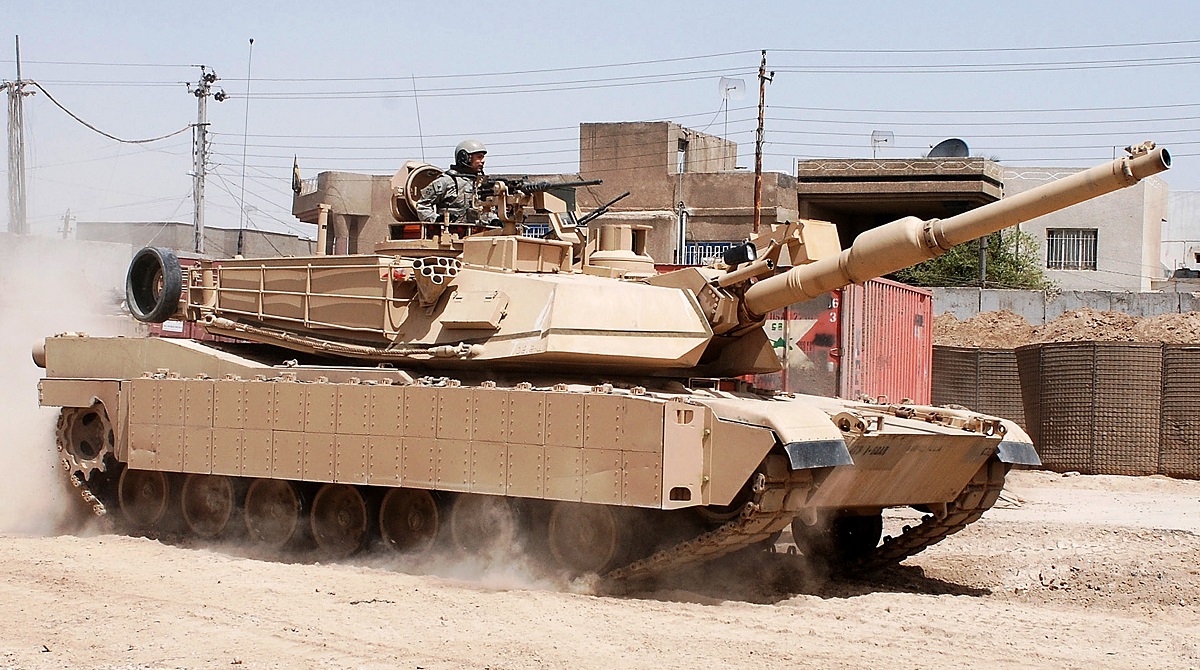China3D printingNet October 26th, in order to confirm3D printingFor its potential role in its future supply chain, the U.S. Army is dismantling a UH-60 Black Hawk helicopter to carry out each of its 32,000 individual components.3D scanning.
The dismantling project led by researchers at Wichita State University was first announced in May, and many new developments are currently underway. The idea is that a collection of scans can be used to create a digital twin of the “Black Hawk”, which is a 3D printable catalog of all its components.The Army can then reverse engineer and3D printing, Some older, more detailed parts that may encounter supply chain difficulties. The armed forces also revealed plans to expand the project beyond the “Black Hawk”.
Major Todd Royar, commander of the Army Aviation and Missile Command, said: “We will evaluate every part, not every part has to be optimized for advanced additive manufacturing. But our goal is to check everything verbatim starting with UH-60. Partly because these are what we have3D printingThe first part of the file. “

Black Hawk helicopter. The picture is from Lockheed Martin.
Beyond the Black Hawk
Although the entire “Black Hawk” model should be completed in the next few months, the bigger challenge is to determine which parts are suitable3D printingAnd hard fighting situation. The Army will have to test each part to ensure that it not only meets the requirements of the armed forces, but also the FAA requirements for helicopters.
Royar added: “Once you have a 3D model, you can easily print something. But it is difficult to ensure that it meets our eligibility criteria. For example, you have to consider the composition of the metal and the alloy used. If I put it in3D printingIn the machine, does the printer have the correct tolerances? Can it be repeated every time to make it within these tolerances? “
Following that, many other Army divisions also conducted similar “checklist reviews” to determine their level of 3D printability. The Army Communications and Electronics Command has assessed approximately one-third of the inventory, or 98,000 vehicles, and identified 237 parts suitable for additive manufacturing. Similarly, the Army Tank and Automobile Command (TACOM) is also in the process of identifying 3D printable candidates, but only one has been identified so far.
TACOM’s commander, General Darren Werner, added: “We are also studying the possibility of remanufacturing, improving or repairing with our mobile welding and repair kit (MWSS), which has a five-axis cutting Machines and polymer printers can be deployed inside the container. Therefore, we are looking for ways to integrate parts repair.”

The M1 Abrams tank under TACOM. The picture comes from the U.S. Army.
Other applications of the digital twin project
Even if the part cannot be made in the end3D printing, The Army has also developed contingency plans for many applications. First, digital models are very helpful for predictive maintenance, so computational simulation can be used to predict when replacement may be needed. The 3D model can also be used in the VR training of soldiers, enabling them to assemble various parts of the weapon system in a virtual environment.
Of course, the huge database of schematic diagrams of sensitive weapons does have its shortcomings, because it may become a hot spot for cyber attacks. The Army has stated that it intends to use a layered defense to solve this problem, and some models are even completely stored offline on local equipment.
Of course, this is not the first time the Army has turned3D printingtechnology.Researchers at the U.S. Army Aviation Medical Research Laboratory have previously used3D printingProduce and test customizable earplugs for its soldiers. New technologies from Army scientists can be deployed to protect ears to prevent hearing loss for members of the armed forces on the battlefield.
Elsewhere, the Army has previously discovered a way to detect and monitor the wear of maraging steel to predict wear and tear through sensor measurements.3D printingMethods of part performance. Consistent with the Digital Twin project, these measurements can help the military predict when parts will degrade or fail, so they can prepare for replacement parts in time.
China3D printingNet original article!
(Editor in charge: admin)


0 Comments for “US Army expands 3D printing project to aircraft, tank and VR training”